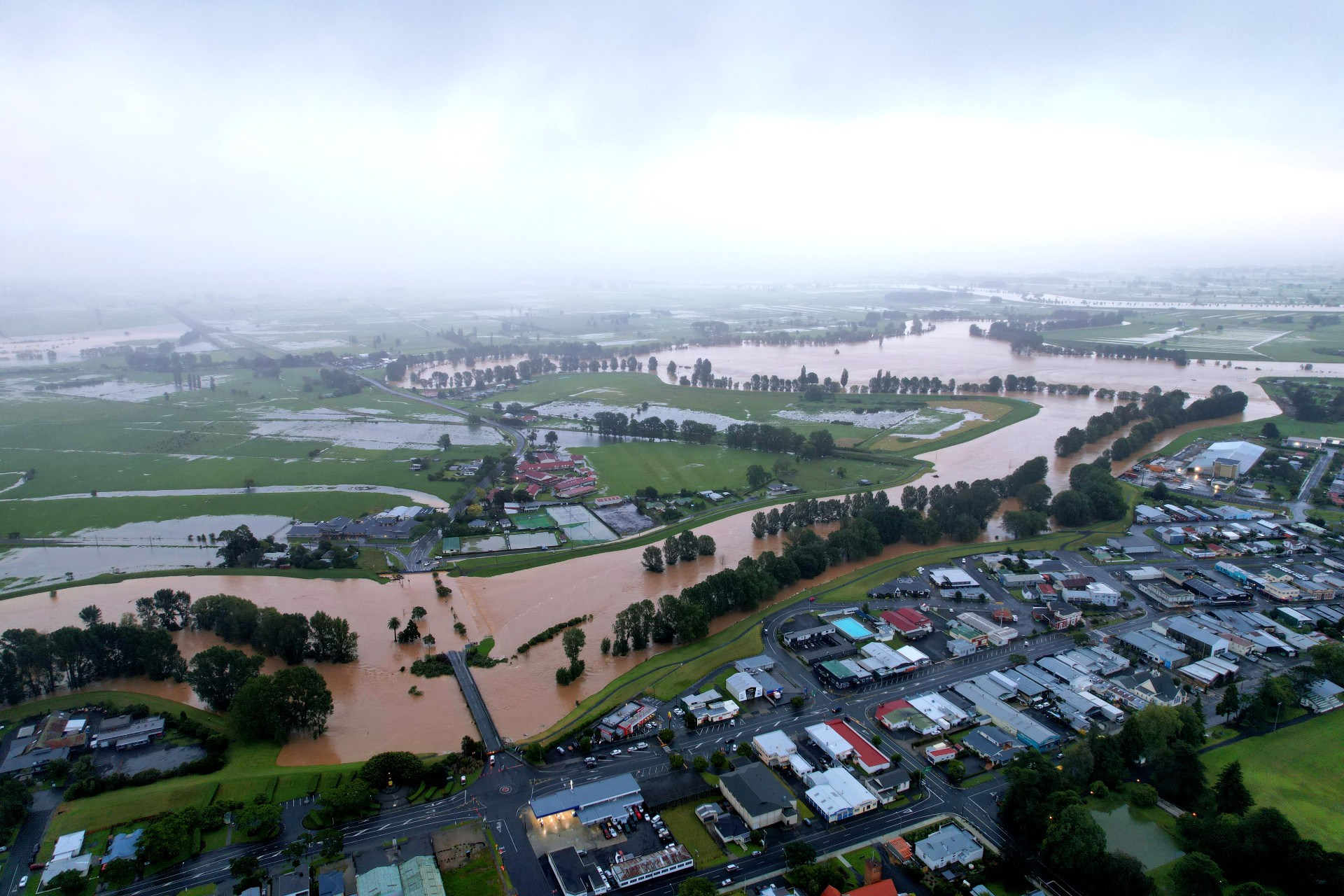The 42km network of stopbanks surrounding the Hauraki district worked wonders to protect towns from flooding during the severe weather events of 2023.
But within the next 10 to 15 years, the stopbanks – part of Waihou Valley’s flood protection scheme – will need “topping up”, which could cost ratepayers $19m.
As part of its Long Term Plan discussions, Hauraki District Council is asking for residents’ help to decide how much higher its stopbanks should be raised to.
Its preferred option is to raise the Hauraki-managed stopbanks up to 4m in height, costing $19m and providing the community with the right level of protection from flooding.
“I think everybody was impressed by the [stopbanks] and were very thankful that council and central government had the foresight back in the late-80s, early-90s, to get them under construction,” district mayor Toby Adams said. “Because had we not had them [in 2023], we would’ve all been in canoes, escaping to dry land.”
Last year, the Hauraki and Thames-Coromandel districts were hit with heavy rain, slips, surface flooding, and road closures during the storms of Auckland Anniversary weekend and Cyclone Gabrielle.
The latter arrived in the rohe in the early morning hours of Valentine’s Day, and warranted the floodgates at Criterion Bridge, Paeroa, to be closed for the first time since they were installed in 2018.
Mayor Adams said Hauraki District Council was again using its foresight to prepare for future rain events. By increasing the stopbanks, it would ensure they were fit-for-purpose “not only for today but for the next 10, 20, 30 years or whenever they’re needed,” he said.
The Hauraki Plains is known for its soft soils and, according to council’s LTP consultation document – now open for public feedback – with soft soils, the stopbank foundations consolidate under the weight of the stopbank over time.
Settlement also reduced the height of the stopbanks by about 15-25mm each year.
Therefore, council is proposing to add around 100mm over and above any settlement every 10 years for 100 years, which would provide a higher stopbank that addresses a changing climate, the projected sea level rise, and ground settlement.
It would also widen the base of the stopbank over time to support the extra height and weight.
If storm events worsened more than expected, council could accelerate the amount it added to the stopbanks at each 10 year interval as required to respond to the increased risks.
“It’s really hard to tell when things are going to hit us,” Mayor Adams said. “We had events that caused severe flooding in our area, hence why we put in the stopbank structures to start with.
“We’ve since had other events where [the stopbanks] have performed really well, so we need to make sure they keep performing well. Now is the right time.”
Hauraki District Council is also preparing to start work on a Climate Change Adaptation Plan for the Plains. Funded by the Government’s Better Off Funding package, the plan highlights the ageing stopbanks, as well as other hazards including drought, earthquakes (along the Kerepēhi Fault), and land subsidence.
DETAILS: Council’s Stop-by for Stopbanks event, Waitakaruru School, April 5, 2:30pm-4:30pm. Residents can learn about stopbanks in the Western Plains Drainage District and the options for maintaining them to provide the right level of protection from flooding in the future. Consultation on council’s 2024-34 Long Term Plan is also open for feedback until Friday, April 26, with hearings scheduled for May 14-16.

The network of stopbanks surrounding the Hauraki district worked wonders to protect Paeroa from flooding during the severe weather events of 2023. FILE PHOTO: TANE BRADLEY
$19m to increase height of Hauraki’s stopbanks floated




